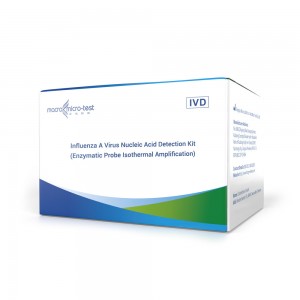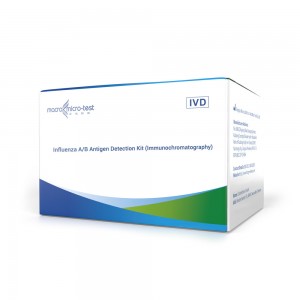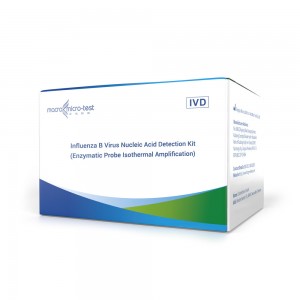Six kinds of respiratory pathogens
Product name
HWTS-OT058A/B/C/Z-Real time fluorescent RT-PCR kit for detecting six kinds of respiratory pathogens
Certificate
CE
Epidemiology
Corona Virus Disease 2019, referred to as "COVID-19", refers to the pneumonia caused by SARS-CoV-2 infection. SARS-CoV-2 is a coronavirus belonging to the β genus. COVID-19 is an acute respiratory infectious disease, and the population is generally susceptible. At present, the source of infection is mainly patients infected by SARS-CoV-2, and asymptomatic infected persons may also become the source of infection. Based on the current epidemiological investigation, the incubation period is 1-14 days, mostly 3-7 days. Fever, dry cough and fatigue are the main manifestations. A few patients had nasal congestion, runny nose, sore throat, myalgia and diarrhea.
Influenza, commonly known as "flu", is an acute respiratory infectious disease caused by influenza virus. It is highly infectious. It is mainly transmitted by coughing and sneezing. It usually breaks out in spring and winter. Influenza viruses are divided into influenza A, IFV A, influenza B, IFV B, and Influenza C, IFV C three types, all belong to sticky virus, cause human disease mainly for influenza A and B viruses, it is a single-stranded, segmented RNA virus. Influenza A virus is an acute respiratory infection, including H1N1, H3N2 and other subtypes, which are prone to mutation and outbreak worldwide. "Shift" refers to the mutation of influenza A virus, resulting in the emergence of a new virus "subtype". Influenza B viruses are divided into two lineages, Yamagata and Victoria. Influenza B virus only has antigenic drift, and it evades the human immune system's surveillance and elimination through its mutation. However, the evolution speed of influenza B virus is slower than that of human influenza A virus. Influenza B virus can also cause human respiratory infections and lead to epidemics.
Adenovirus (AdV) belongs to mammalian adenovirus, which is a double stranded DNA virus without envelope. At least 90 genotypes have been found, which can be divided into A-G 7 subgenera. AdV infection can cause a variety of diseases, including pneumonia, bronchitis, cystitis, eye conjunctivitis, gastrointestinal diseases and encephalitis. Adenovirus pneumonia is one of the more severe types of community-acquired pneumonia in children, accounting for about 4%-10% of community-acquired pneumonia.
Mycoplasma pneumoniae (MP) is a kind of the smallest prokaryotic microorganism, which is between bacteria and virus, with cell structure but no cell wall. MP mainly causes human respiratory tract infection, especially in children and young people. It can cause human mycoplasma pneumonia, children’s respiratory tract infection and atypical pneumonia. The clinical manifestations are various, most of which are severe cough, fever, chills, headache, sore throat. Upper respiratory tract infection and bronchial pneumonia are the most common. Some patients can develop from upper respiratory tract infection to severe pneumonia, severe respiratory distress and death may occur.
Respiratory syncytial virus (RSV) is an RNA virus, belonging to the paramyxoviridae family. It is transmitted by air droplets and close contact and is the main pathogen of lower respiratory tract infection in infants. Infants infected with RSV may develop severe bronchiolitis (referred to as bronchiolitis) and pneumonia, which are related to asthma in children. Infants have severe symptoms, including high fever, rhinitis, pharyngitis and laryngitis, and then bronchiolitis and pneumonia. A few sick children can be complicated with otitis media, pleurisy and myocarditis, etc. Upper respiratory tract infection is the main symptom of infection in adults and older children.
Channel
| The name of the channel | R6 Reaction Buffer A | R6 Reaction Buffer B |
| FAM | SARS-CoV-2 | HAdV |
| VIC/HEX | Internal Control | Internal Control |
| CY5 | IFV A | MP |
| ROX | IFV B | RSV |
Technical Parameters
| Storage | Liquid: ≤-18℃ In dark; Lyophilized: ≤30℃ In dark |
| Shelf-life | Liquid: 9 months; Lyophilized: 12 months |
| Specimen Type | Whole blood, Plasma, Serum |
| Ct | ≤38 |
| CV | ≤5.0% |
| LoD | 300Copies/mL |
| Specificity | Cross-reactivity results showed that there was no cross reaction between the kit and human coronavirus SARSr-CoV, MERSr-CoV, HCoV-OC43, HCoV-229E, HCoV-HKU1, HCoV-NL63, parainfluenza virus type 1, 2, 3, rhinovirus A, B, C, chlamydia pneumoniae, human metapneumovirus, enterovirus A, B, C, D, human pulmonary virus, epstein-barr virus, measles virus, human cytomegalo virus, rotavirus, norovirus, parotitis virus, varicella-zoster virus, legionella, bordetella pertussis, haemophilus influenzae, staphylococcus aureus, streptococcus pneumoniae, s. pyogenes, klebsiella pneumoniae, mycobacterium tuberculosis, smoke aspergillus, candida albicans, candida glabrata, pneumocystis jiroveci and newborn cryptococcus and human genomic nucleic acid. |
| Applicable Instruments | It can match the mainstream fluorescent PCR instruments on the marketSLAN-96P Real-Time PCR Systems ABI 7500 Real-Time PCR Systems ABI 7500 Fast Real-Time PCR Systems QuantStudio®5 Real-Time PCR Systems LightCycler®480 Real-Time PCR Systems LineGene 9600 Plus Real-Time PCR Detection Systems MA-6000 Real-Time Quantitative Thermal Cycler BioRad CFX96 Real-Time PCR System, BioRad CFX Opus 96 Real-Time PCR System |


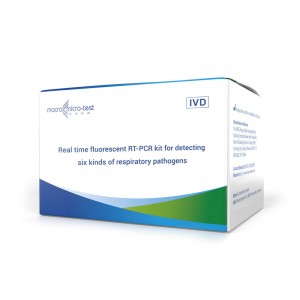
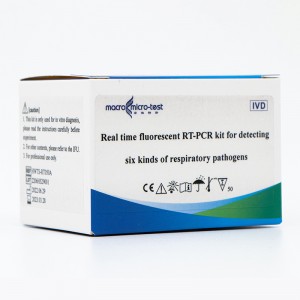


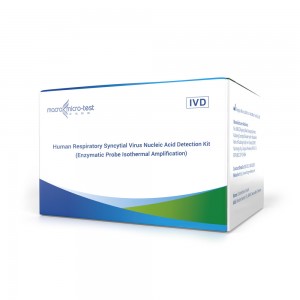
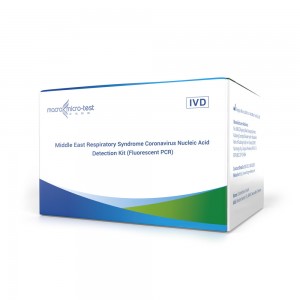
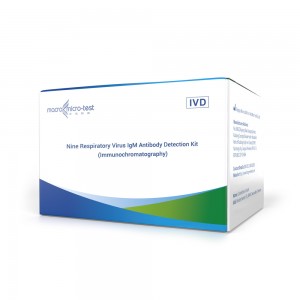
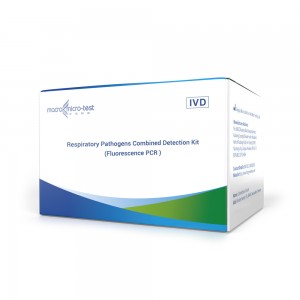
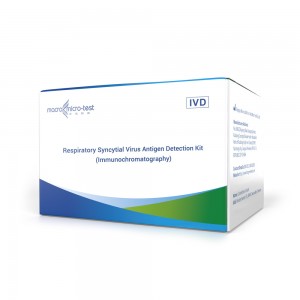
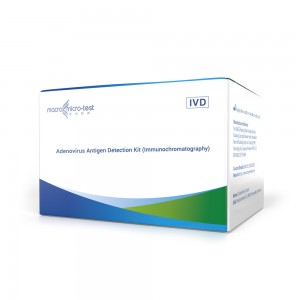
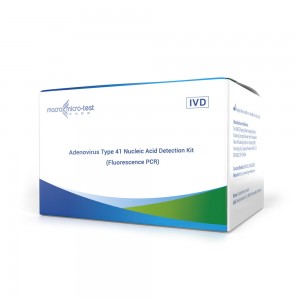
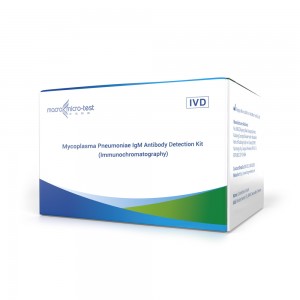
-300x300.jpg)
